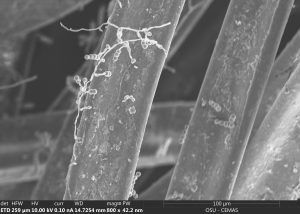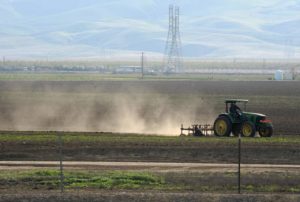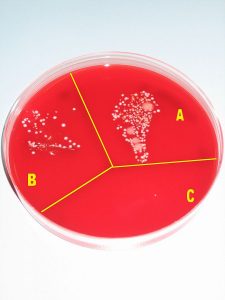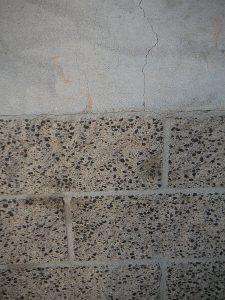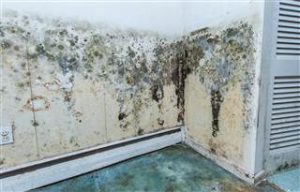Carpet serves as an important reservoir for dust exposure because it acts as both a source and a sink in the indoor environment. Carpets can also retain moisture and potentially support fungal growth. This is especially important for the roughly 8% of the US population that are affected by asthma, in addition to people affected …
This article may be of interest – especially to people in my area of the world (i.e., the Central Valley in CA). Experts say a drier climate means more dust storms, which carry the fungus that causes the disease. New laws and money address the issue. Is that enough? Source: With Climate Change, Valley Fever …
Fascinating, scary and really important read from Maryn McKenna in Wired: The Strange and Curious Case of the Deadly Superbug Yeast By the normal standards of outbreak, Candida auris signals a mind-bending shift—and it’s forcing researchers draw on some of medicine’s oldest practices to rethink treatment. The article tells the tale of Candida auris a fungus that …
This new #OpenAccess paper may be of interest to those out there thinking about microbes in the built environment. : Luhung I, Wu Y, Xu S, Yamamoto N, Wei-Chung Chang V, Nazaroff WW (2018) Exploring temporal patterns of bacterial and fungal DNA accumulation on a ventilation system filter for a Singapore university library. PLoS ONE …
Neat article in the Harvard Gazette about an awesome-sounding exhibit, “Microbial Life: A Universe at the Edge of Sight.”. Put together by Roberto Kolter and Scott Chimileski, the exhibit highlights microbial life… particularly the discoveries of microbial ecology over the last couple of decades. Looks like a cool blend of science and art.
So I’d heard about “self-healing” concrete using chemicals that react with water to seal cracks, I’ve even blogged about self-healing concrete using bacteria embedded into the concrete (back in 2011). And then yesterday I came across research talking about using fungi for this purpose. Regardless of which method ends up working, I think these are …
I just got pointed to this article today “Ugly Ducklings – the dark side of plastic materials in contact with potable water“, along with the accompanying commentary “About duck, pipes, and microbiomes“. I think this is a fascinating study for a few reasons. Firstly, like probably most parents, I observed and wondered about the biofilms …
Episode 453 is about indoor allergens and mold, Dr. Reponen served as the principal investigator in several major laboratory and field experiments on airborne allergens, bacteria and fungi and has directed exposure assessment teams in population-based studies.
Early-life microbial exposure has been recognized to have a crucial role in immune development. Exposure in the actual infant breathing zone (BZ), influenced by the resuspension of floor dust, however, is little explored. Two recently published papers tackle this issue by assessing infant exposure to biological particulate matter (fluorescent biological aerosol particles, FBAPs) and microbial …
The report (and the data) from our Sloan-funded taxonomic annotation workshop on fungi in the built environment was just published in MycoKeys: https://mycokeys.pensoft.net/article/20887/list/4/ Abstract Recent DNA-based studies have shown that the built environment is surprisingly rich in fungi. These indoor fungi – whether transient visitors or more persistent residents – may hold clues to the rising …
